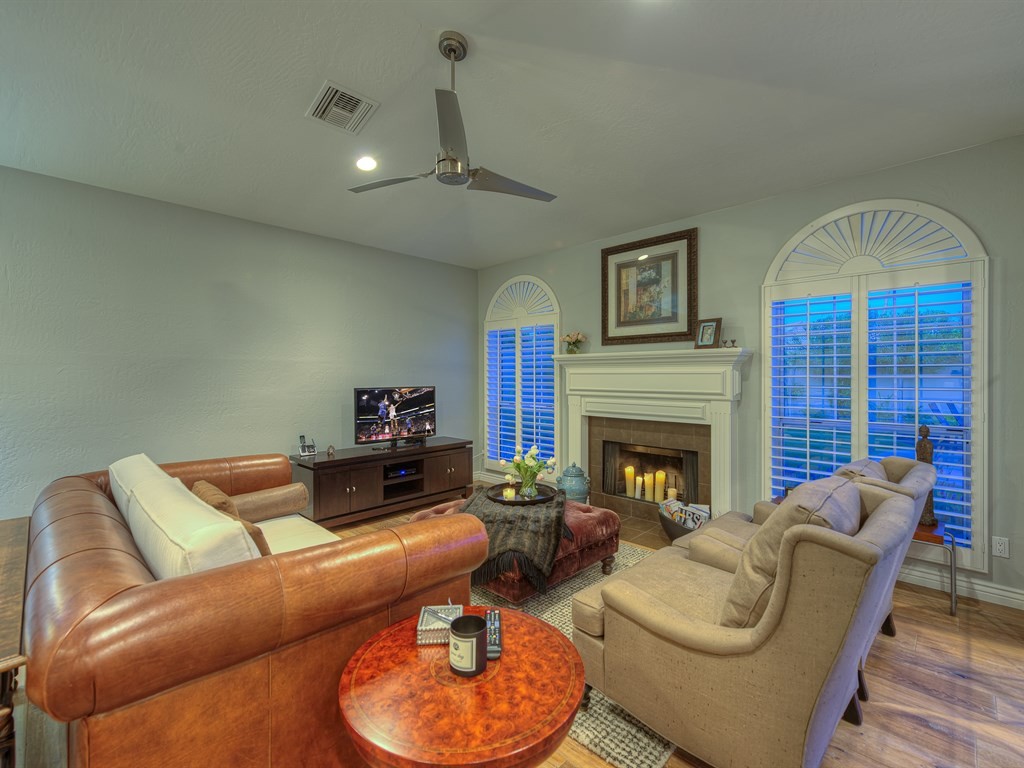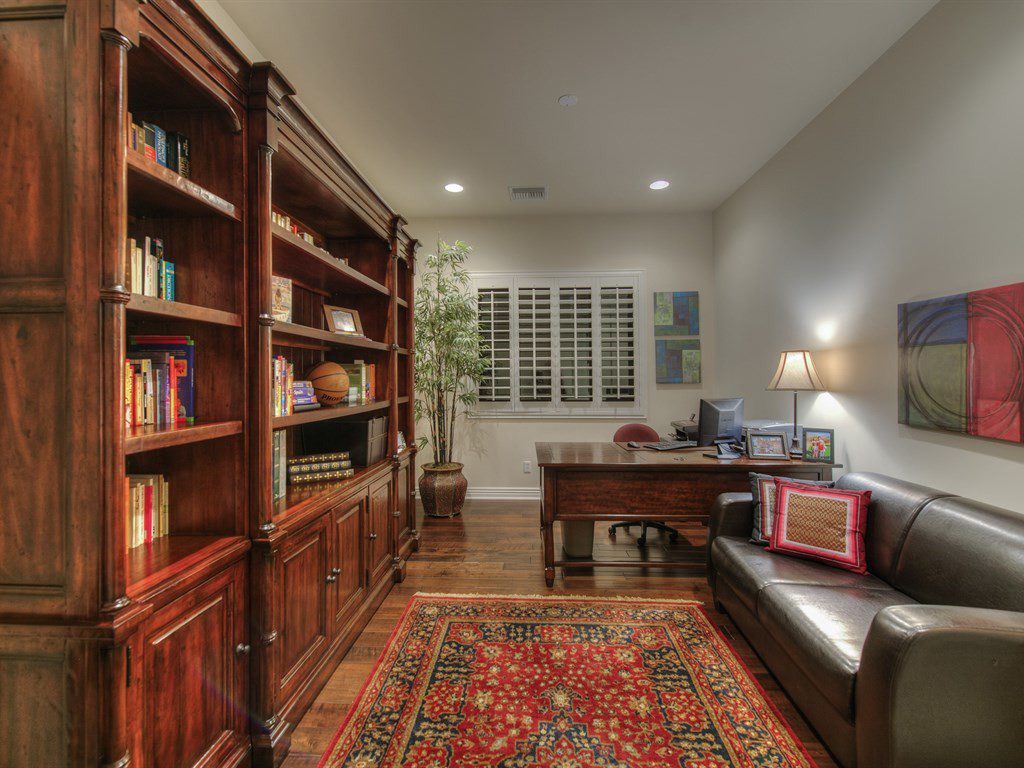 By Joe Szabo, Scottsdale Real Estate Team
Pet lovers no longer simply stick to sharing their homes with cats and dogs. More now opt for exotic or unusual pets such as snakes, monkeys, tigers, deer, bears and rare birds.
Accurate numbers are tough to come by, because some states don’t require residents to report ownership of exotic or specialty animals. But the American Veterinary Medical Association, through its 2012 U.S. Pet Ownership and Demographics Sourcebook, estimates that 10.6 percent of households own one or more exotic or specialty animals. And according to National Geographic, more exotic animals live in peoples’ homes than in zoos. For example, by some estimates, as many as 7,000 tigers live in the U.S. as pets.
Though exotic pets can make each day an adventure, people often forget to factor in the insurance complications associated with owning them. Your home insurance almost certainly excludes unusual pets. However, there are steps you can take to stay protected.
By Joe Szabo, Scottsdale Real Estate Team
Pet lovers no longer simply stick to sharing their homes with cats and dogs. More now opt for exotic or unusual pets such as snakes, monkeys, tigers, deer, bears and rare birds.
Accurate numbers are tough to come by, because some states don’t require residents to report ownership of exotic or specialty animals. But the American Veterinary Medical Association, through its 2012 U.S. Pet Ownership and Demographics Sourcebook, estimates that 10.6 percent of households own one or more exotic or specialty animals. And according to National Geographic, more exotic animals live in peoples’ homes than in zoos. For example, by some estimates, as many as 7,000 tigers live in the U.S. as pets.
Though exotic pets can make each day an adventure, people often forget to factor in the insurance complications associated with owning them. Your home insurance almost certainly excludes unusual pets. However, there are steps you can take to stay protected.
Slippery Business: Exotic Pets and Home Insurance By Joe Szabo, Scottsdale Real Estate Team
 By Joe Szabo, Scottsdale Real Estate Team
Pet lovers no longer simply stick to sharing their homes with cats and dogs. More now opt for exotic or unusual pets such as snakes, monkeys, tigers, deer, bears and rare birds.
Accurate numbers are tough to come by, because some states don’t require residents to report ownership of exotic or specialty animals. But the American Veterinary Medical Association, through its 2012 U.S. Pet Ownership and Demographics Sourcebook, estimates that 10.6 percent of households own one or more exotic or specialty animals. And according to National Geographic, more exotic animals live in peoples’ homes than in zoos. For example, by some estimates, as many as 7,000 tigers live in the U.S. as pets.
Though exotic pets can make each day an adventure, people often forget to factor in the insurance complications associated with owning them. Your home insurance almost certainly excludes unusual pets. However, there are steps you can take to stay protected.
By Joe Szabo, Scottsdale Real Estate Team
Pet lovers no longer simply stick to sharing their homes with cats and dogs. More now opt for exotic or unusual pets such as snakes, monkeys, tigers, deer, bears and rare birds.
Accurate numbers are tough to come by, because some states don’t require residents to report ownership of exotic or specialty animals. But the American Veterinary Medical Association, through its 2012 U.S. Pet Ownership and Demographics Sourcebook, estimates that 10.6 percent of households own one or more exotic or specialty animals. And according to National Geographic, more exotic animals live in peoples’ homes than in zoos. For example, by some estimates, as many as 7,000 tigers live in the U.S. as pets.
Though exotic pets can make each day an adventure, people often forget to factor in the insurance complications associated with owning them. Your home insurance almost certainly excludes unusual pets. However, there are steps you can take to stay protected.





 “Rates remained flat for most of last week but jumped sharply after Friday’s exceptionally strong jobs report, before easing back down early this week,” said Erin Lantz, vice president of mortgages at Zillow. “We expect rates to hold steady this week due to little incoming data and the official start of the European Central Bank’s bond purchases.”
Additionally, the 15-year fixed mortgage rate this morning was 2.92 percent, and for 5/1 ARMs, the rate was 2.89 percent.
Check
“Rates remained flat for most of last week but jumped sharply after Friday’s exceptionally strong jobs report, before easing back down early this week,” said Erin Lantz, vice president of mortgages at Zillow. “We expect rates to hold steady this week due to little incoming data and the official start of the European Central Bank’s bond purchases.”
Additionally, the 15-year fixed mortgage rate this morning was 2.92 percent, and for 5/1 ARMs, the rate was 2.89 percent.
Check 







